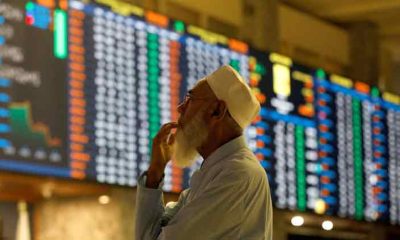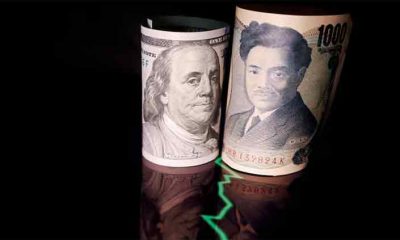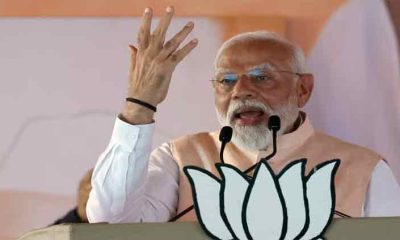Wu Huazhan’s Chinese television factory used to impose minimum orders to manage production efficiently. Times are now so bleak, it will take any order.
Foshan Top Winning Import & Export’s profit margin has dropped to a wafer-thin 0.5 per cent from 2pc some three to four years ago, according to Wu, a co-owner of the Guangdong-based factory and one of the many exporters fretting about business prospects at China’s biggest trade fair in the southern city of Guangzhou.
“We’re selling electrical appliances as cheap as cabbage,” he added. “If it continues for another year or two, we’ll have to change careers.”
The sombre mood at the twice-a-year Canton Fair scarcely got a lift from data on Tuesday showing that the world’s second-largest economy grew at a faster-than-expected 5.3pc in the first quarter.
A sharp contraction in Chinese exports for March in dollar terms despite growth in volumes and data showing producer prices extending a year-and-a-half-long decline have tempered hopes that China is on its way to finding sustained post-pandemic growth.
Chinese exporters are having to contend with heightened economic and political tensions between Beijing and Washington as well as a slowdown in global trade due to the war in Ukraine and a worsening Middle East crisis. The manufacturing sector is also plagued by excess capacity.
In one encouraging sign, the number of foreign buyers attending the fair on Monday and Tuesday has jumped by about a fifth from the first two days of the last one in October, according to organisers.
But some attendees said business felt slower.
“On the first day last year, I received more than a dozen inquiries, but today I only received three business cards,” said Lois Zhang, sales manager at Enping City Shuangyi Electronics Industrial, which produces speakers and microphones.
A manager at an outdoor heater manufacturer based in Jiangsu province said he didn’t have a lot of hope for his European and North American markets, where most of his clients are based.
“One of our large customer’s orders this year was 25pc lower than last year and other customers have yet to decide whether they want to keep placing orders,” said Fan, who asked that only his surname be used so he could speak openly about business prospects.
Fan said his customers were still running down their inventories and he hoped their orders would pick up later this year.
The potential for further trade tensions with the United States and Europe is also a key worry. Former US President Donald Trump has threatened 60pc US tariffs on Chinese imports if he beats incumbent Joe Biden in upcoming elections.
“Whether it’s Biden or Trump there’s a real feeling of instability,” said Pan Feng, sales manager at tumble dryer maker Jiangmen Jinhuan Electrical.
In particular, the US and European officials have stepped up complaints that China’s strategic push to strengthen and upgrade its manufacturing complex exacerbates industrial overcapacity and drives down prices to levels other economies can’t compete with.
However, some of the Chinese higher-tech manufacturers at the fair were more upbeat.
Xiao Yanmei, general manager of Guangdong Doni Intelligent Robot Engineering, which makes self-navigating machines that disinfect factory floors or distribute parts to assembly lines, said her business grew 10-20pc in the first quarter.
Xiao said government support for the advanced manufacturing sector was strong, including tax rebates and funds for equipment upgrades.
“When our country channels its national strength to develop an industry, the forces can be very powerful,” she said.
Post Views: 17


 Sports3 months ago
Sports3 months ago
 Sports3 months ago
Sports3 months ago
 Fashion2 months ago
Fashion2 months ago
 pakistan3 months ago
pakistan3 months ago
 pakistan3 months ago
pakistan3 months ago
 World2 months ago
World2 months ago
 Sports2 months ago
Sports2 months ago
 World2 months ago
World2 months ago






















